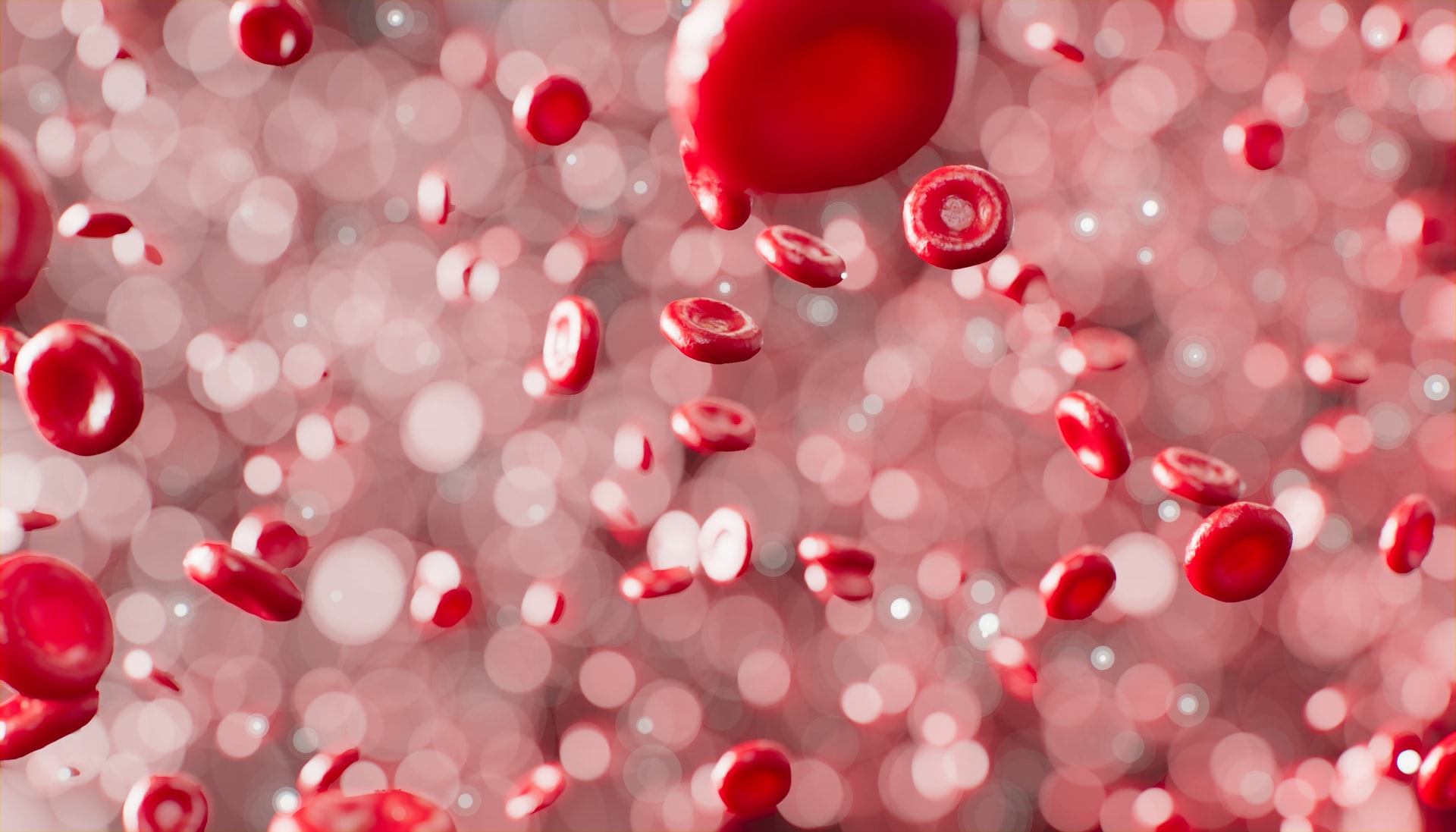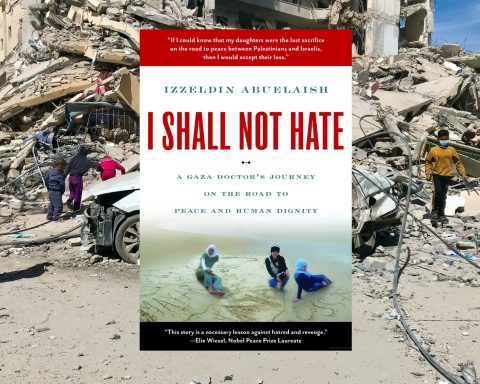Mohamed Ahmed Syed is a consultant in public health with extensive national and international experience. He holds a reputation as an expert in preventive medicine and public health, in particular within health service and policy development. He has previously held academic and senior health service roles in the UK and Europe. Syed currently works for Primary Health Care Corporation (Qatar) where he oversees governance and planning of primary care research and evidence-informed healthcare services, strategies, and polices.
Anaemia is a serious public health concern globally. It is a leading cause of non-fatal health outcomes and years lost due to disability.1 Haemoglobin (Hgb) level is considered the gold standard for diagnosis of anaemia. In clinical practise, Hgb measurement is one of the most commonly performed laboratory tests. Globally, most countries use World Health Organization (WHO) Hgb cut-off values — <10 g/dL for children aged 6-59 months and pregnant women, and <11 g/dL for all others.2 They play a crucial role in clinical diagnosis and management of anaemia at the individual and population level.3
Hgb cut-offs currently used were first established in 1968 using data from studies that predominantly included White adult populations in Europe and North America.3 These cut-offs are therefore not up-to-date and cannot be applied to all populations. Population specific cut-offs are needed for appropriate diagnosis and management of anaemia.
Recent studies3–5 report differences in cut-offs by age and ethnicity. The cut-offs progressively increase with increase in age, except in girls aged 15–19 years, in whom there was a small decrease.3 In terms of ethnicity, Hgb cut-offs ranged from 7.90 g/dL (Pakistani) to 11.23 g/dL (American) in children (aged 6–59 months) and 8.83 g/dL (Indian) to 12.09 g/dL (American) in women (aged 15–49 years). The overall pooled Hgb estimates were reported to be 9.65 g/dL and 10.81 g/dL in children and women, respectively.4 The evidence increasingly demonstrates that WHO cut-off values do not account for lifecycle and ethnicity.
Anaemia is most commonly diagnosed and managed in general practice. Using current WHO cut-off values as a reference may not be precise and can lend to over- or underestimating anaemia. It is therefore necessary to use population specific cut-off values. If it is clinically difficult to implement due to multiple cut-off values in diverse populations, pooled Hgb estimates may be used. While pooled estimates are not ideal, they are more realistic compared to current WHO cut-offs.
References
1. Global Burden of Disease Child and Adolescent Health Collaboration. Child and adolescent health from 1990 to 2015: findings from the Global Burden of Diseases, Injuries, and Risk Factors 2015 Study. JAMA Pediatr 2017; 171(6): 573–592.
2. World Health Organization. Haemoglobin concentrations for the diagnosis of anaemia and assessment of severity. https://apps.who.int/iris/handle/10665/85839 (accessed 21 Jun 2022).
3. Sachdev HS, Porwal A, Acharya R, et al. Haemoglobin thresholds to define anaemia in a national sample of healthy children and adolescents aged 1–19 years in India: a population-based study. Lancet Glob Health 2021; 9(6): e822–e831.
4. Addo OY, Yu EX, Williams AM, et al. Evaluation of hemoglobin cutoff levels to define anemia among healthy individuals. JAMA Netw Open 2021; 4(8): e2119123.
5. Hamed E, Syed MA, Alemrayat BF, et al. Haemoglobin cut-off values for the diagnosis of anaemia in preschool-age children. Am J Blood Res 2021; 11(3): 248–254.






